The village of Vogelsang is in a district in the northeastern part of Zehdenick, in the state of Brandenburg, Germany. It’s located on the verge of the beautiful nature park Kleine Schorfhide. Founded around 1725, it developed slowly; from a couple of houses on both sides of one street, it became a much bigger and important place. By 1929 Vogelsang had become an independent municipality that governed itself.
At the beginning of the 19th century, the village of Vogelsang was owned by one man, a leaseholder named Dahms. In the middle of the century, exactly in the year 1850, the first significant road was constructed connecting Vogelsang with the larger towns of Templin and Zahdenick.
A decade later, in 1862, Vogelsang had its first shipowners, with two sailing ships. By 1882 it had grown to be a small town and was incorporated into the state forest Gutsbezirk Zehdenick. At this time a railway station was also built and inaugurated.
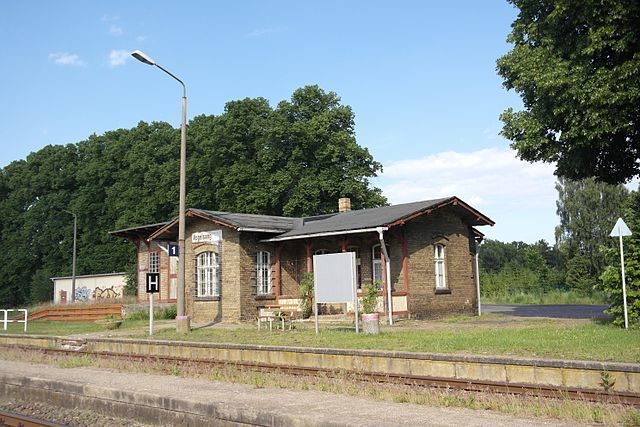
Vogelsang railway station, now an architectural monument – Author: Global Fish – CC BY-SA 3.0
Like many other East German villages and smaller towns with natural strategic positioning, Vogelsang was used as a Soviet military base after the Second World War. Its prime location sounds something like this: The nature park around it provides good camouflage from both air and land. It is 170 feet above sea level and, due to its close proximity to the River Oder, it could be supplied easily and regularly via the waterway. As time passed by and Vogelsang became a district, two more residential areas were added to it: Bergluch and Deutschboden.
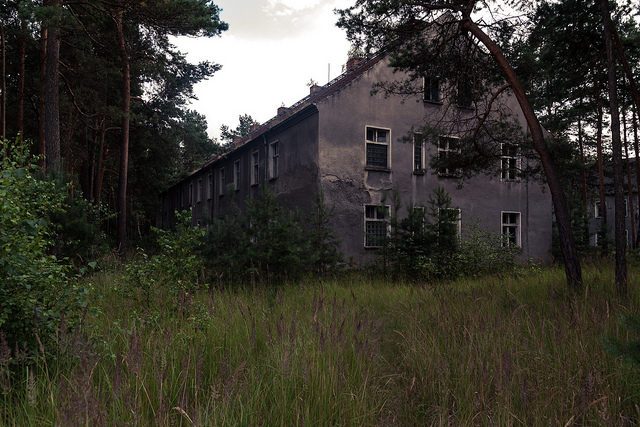
So, as the dust settled after the war, this district became a significant location for the troops of the Soviet Armed Forces in Germany. New barracks were built at the site, along with many other important military buildings.
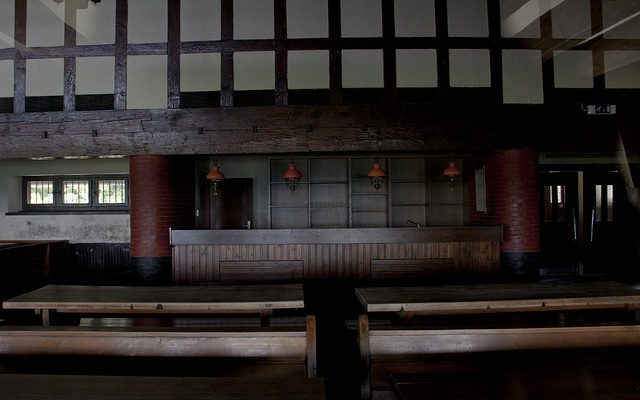
All “sponsored” and fully paid for by the German Democratic Republic. This site became headquarters for the 25th Armored Division, and was also home to the 20th Guards Army, the 162nd Armored Regiment, and the 803rd Mot. Rifle Regiment, which joined later after the closure of another Soviet military base in Eastern Germany.

In addition to the military buildings, a news support center of the basic radio network was also established on the site. Officially, this radio network (STNZ) was not part of the military operations nor used by the military base. At the peak of the operation, this base housed more than 15,000 Soviet soldiers and civilians who lived in the military town.
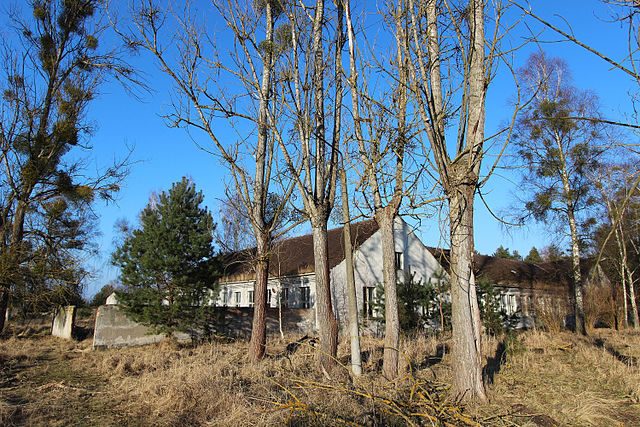
The southernmost part of the base was reserved for a missile launch pad. Isolated from all the other buildings, the concrete platforms of these launchpads still remain today. They were used to anchor missiles of a big caliber. It is speculated that the missile system kept here was the R5 Pobeda, meaning victory in Russian.
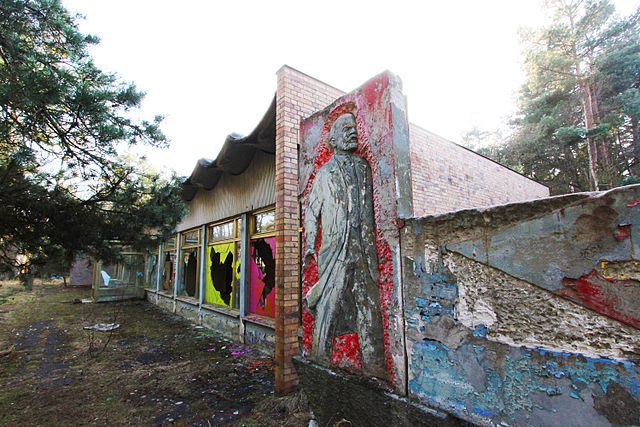
However, NATO had a different name for it. NATO’s code name for this missile program was SS-3 Shyster. The nuclear warhead missiles kept here had relatively small range, but they still posed a threat being stationed in range of several European NATO member states.
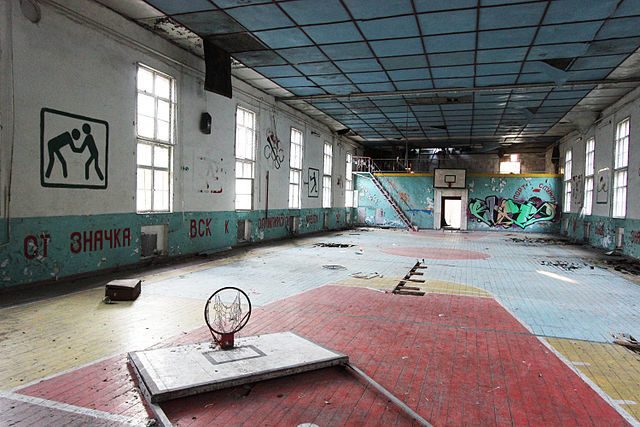
In 1959, the Vogelsang base, along with Zehdenick and Fürstenberg/Havel (all of them in East Germany), became the first Soviet nuclear missile bases outside the USSR.
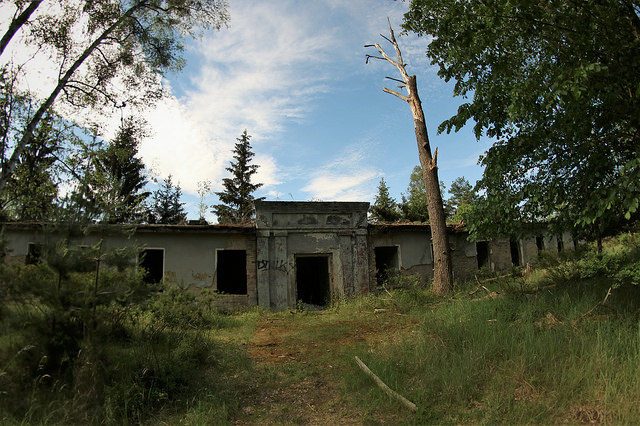
Four of the weapons were reportedly intended for England, and specifically for the Thor missile bases in Norfolk and Lincolnshire.

Soviet troops departed from Vogelsand in 1994 and since then the huge base and the associated structures have been in a state of slow collapse. Some of the buildings have been deliberately demolished as a part of safety regulation measures by the local government.
For a long time after the army left the premises, the grounds were deemed dangerous to life due to massive amounts of ammunition and explosives that remain.
